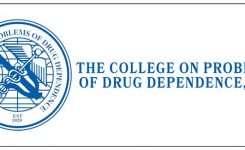iRace, Medical Marijuana
Exploring Stigma as a Barrier to Medical Marijuana Treatment
Brady, J. P., Bruce, D., Foster, E., & Shattell, M. (2020). Self-efficacy in researching and obtaining medical cannabis by patients with chronic conditions. Health Education & Behavior, 47(5), 740-748. http://dx.doi.org/10.1177/1090198120914249













